"10,000 students from Middle East could arrive in Serbia"
As many as 10,000 students from the most developed countries of the Middle East could study in Serbia, along with about 500 students from China.
Friday, 11.10.2013.
14:05

BELGRADE As many as 10,000 students from the most developed countries of the Middle East could study in Serbia, along with about 500 students from China. This is what the minister of education, Tomislav Jovanovic, revealed in a statement for the 24 Sata website. "10,000 students from Middle East could arrive in Serbia" According to Jovanovic, this would increase ten times the number of foreign students currently in our universities, since it is estimated that there are now about 1,000 foreigners studying in Serbia. "The parents from a foundation formed by the rich countries of the Middle East sent us a letter of intent asking for 10,000 students to study in Serbia. That's a huge number of foreign students and a big challenge for our universities. I plan to next week hold meeting in the government, because it's in the interest of the whole country to bring as many foreigners as possible to our universities," the minister said. Asked how this sudden interest came about, Jovanovic said it was the result of several coinciding factors, "the most important being the ranking of the University of Belgrade in the prestigious Shanghai list." "The University of Belgrade won a place in the Shanghai list of top 500 universities in the world and even moved up 150 places, leaving behind the universities of Ljubljana and Zagreb. In addition, of all the foreign students in Serbia the most numerous are those from the Middle East, and upon returning to their home countries they are able to demonstrate extensive knowledge they had gained here. They are our best promoters and we will be honored to educate an even greater number in our universities," said Jovanovic. Serbia could benefit from the arrival of students from abroad in many ways - from improved image to the financial gain via tuitions, housing and meals. Until the 1980s, the number of foreign students was close to 10,000, but it dropped in the ensuing decade of wars and economic crises and today stands at about 1,000. Bearing in mind that most faculties do not organize courses in English for undergraduate studies and that the capacity of student halls of residence is already insufficient, the question remains whether the country is capable of receiving so many new students from abroad. "It will be a big test for us, but I hope we will pass it successfully," says Jovanovic. Tomislav Jovanovic (Beta, file) 24sata.rs
"10,000 students from Middle East could arrive in Serbia"
According to Jovanović, this would increase ten times the number of foreign students currently in our universities, since it is estimated that there are now about 1,000 foreigners studying in Serbia."The parents from a foundation formed by the rich countries of the Middle East sent us a letter of intent asking for 10,000 students to study in Serbia. That's a huge number of foreign students and a big challenge for our universities. I plan to next week hold meeting in the government, because it's in the interest of the whole country to bring as many foreigners as possible to our universities," the minister said.
Asked how this sudden interest came about, Jovanović said it was the result of several coinciding factors, "the most important being the ranking of the University of Belgrade in the prestigious Shanghai list."
"The University of Belgrade won a place in the Shanghai list of top 500 universities in the world and even moved up 150 places, leaving behind the universities of Ljubljana and Zagreb. In addition, of all the foreign students in Serbia the most numerous are those from the Middle East, and upon returning to their home countries they are able to demonstrate extensive knowledge they had gained here. They are our best promoters and we will be honored to educate an even greater number in our universities," said Jovanović.
Serbia could benefit from the arrival of students from abroad in many ways - from improved image to the financial gain via tuitions, housing and meals. Until the 1980s, the number of foreign students was close to 10,000, but it dropped in the ensuing decade of wars and economic crises and today stands at about 1,000.
Bearing in mind that most faculties do not organize courses in English for undergraduate studies and that the capacity of student halls of residence is already insufficient, the question remains whether the country is capable of receiving so many new students from abroad.
"It will be a big test for us, but I hope we will pass it successfully," says Jovanović.



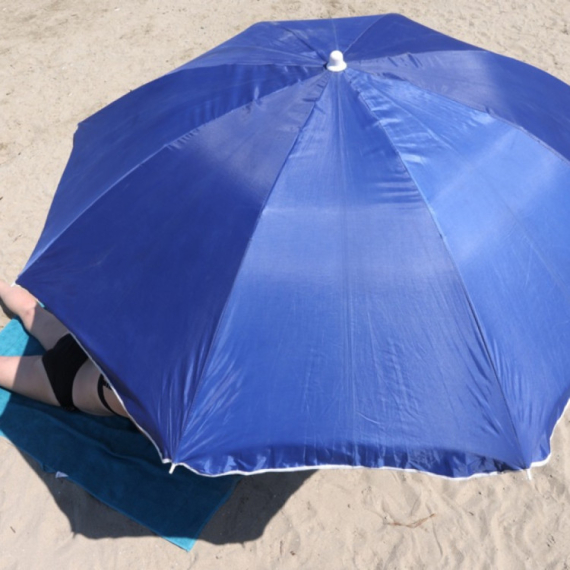







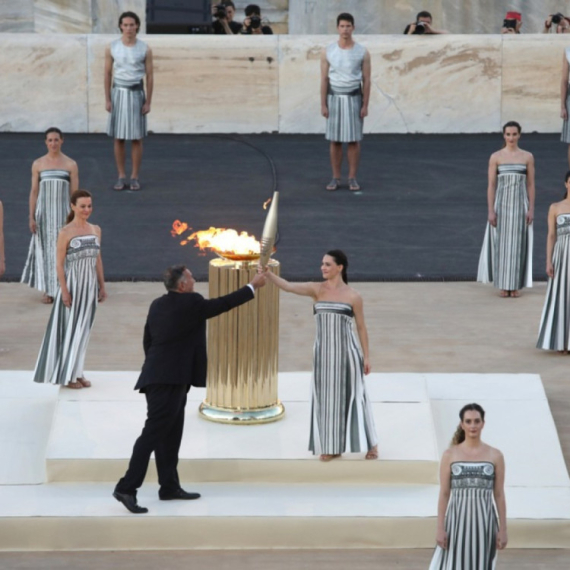




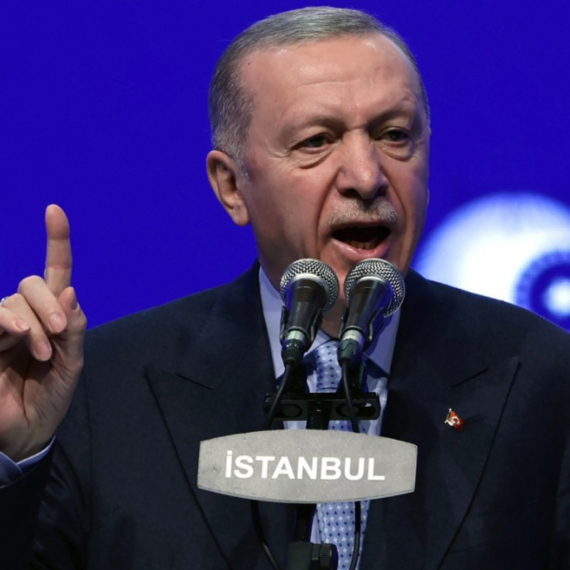












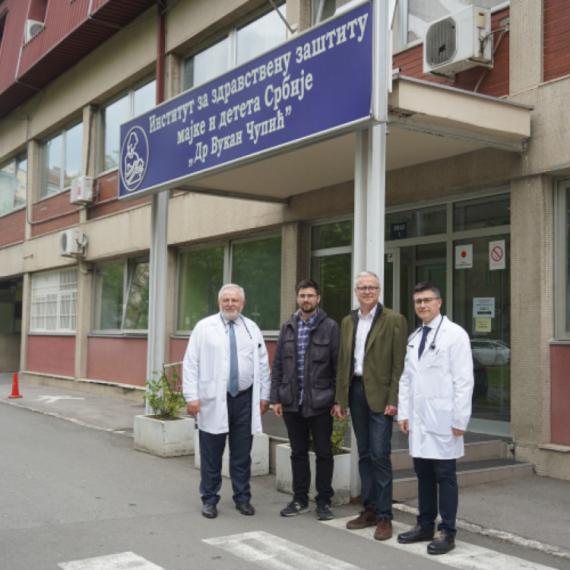


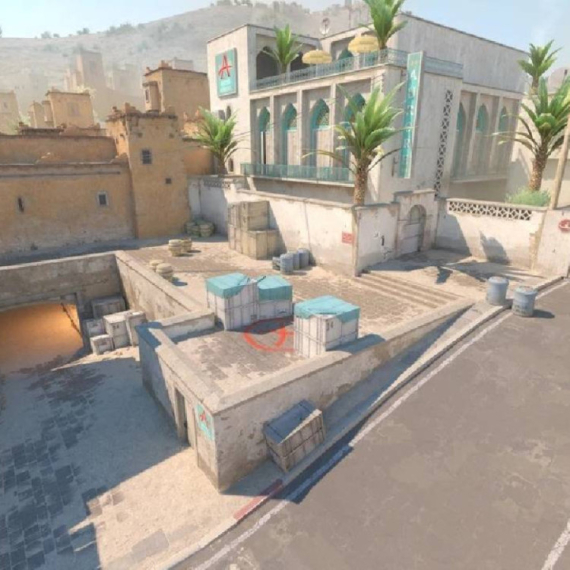





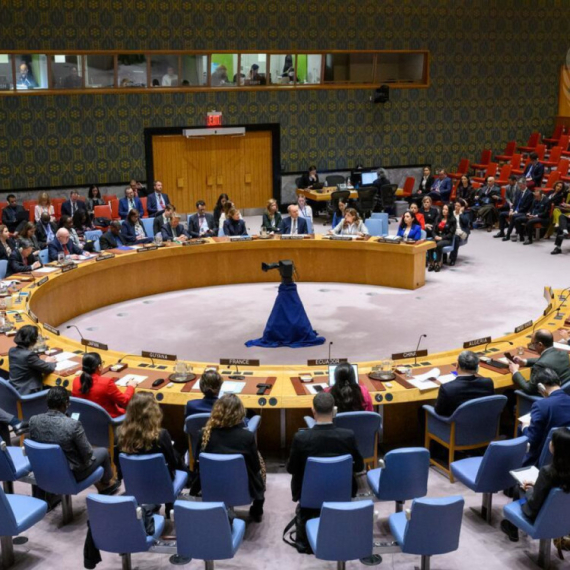
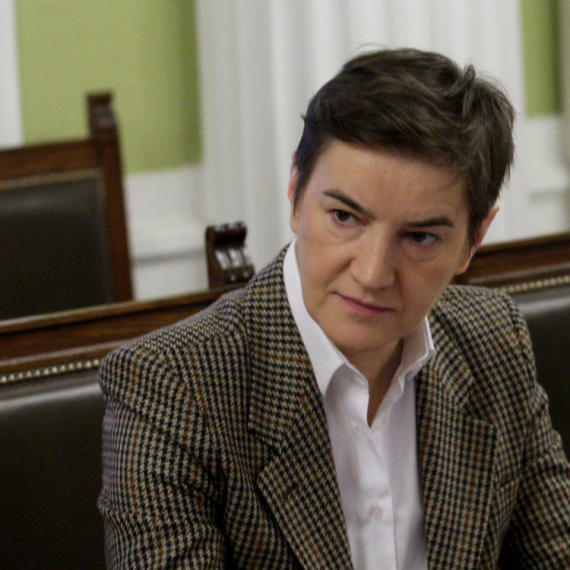













Komentari 12
Pogledaj komentare